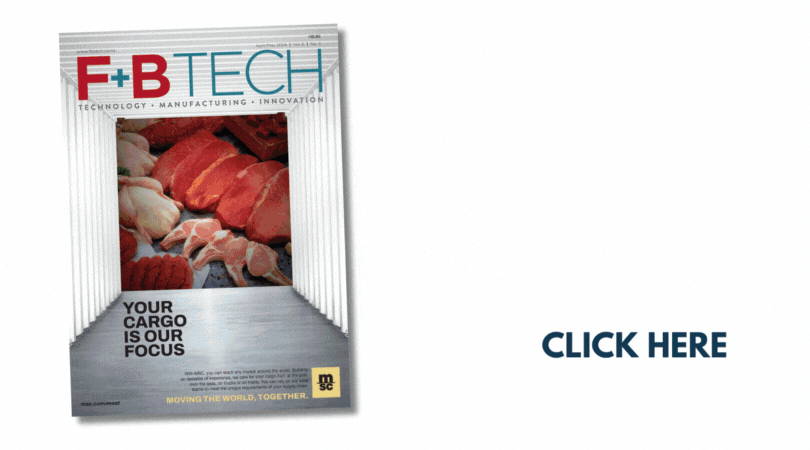Consumer consciousness when purchasing products based on the sustainability choices of the packaging has propelled the biodegradable packaging market, creating new and unique growth opportunities.
According to FMI analysis, the biodegradable packaging market shows signs of continued growth, with an estimated CAGR of 6.1 percent from 2022 to 2032.
FMCG producers and retailers have prioritised reducing weight and material utilisation to reduce packaging costs. They have also recently pledged to reduce packaging waste and increase sustainability efforts, with significant industry trends influencing packaging solutions. These trends include cost pressures, digitalisation, e-commerce and altering consumer tastes.
Experts agree that there will be increased demand for sustainable and eco-friendly packaging from materials like paper and bagasse. Bagasse, a dry, pulpy, fibrous residue resulting from the crushing of sugarcane or sorghum, is an innovative component of the biodegradable packaging industry. It is biodegradable, poses no harmful environmental impacts, and can be composted at home.
To ensure ethical production and internal operations, key players are finding ways to cut back on or eliminate material consumption and use sustainable 100 percent recyclable materials in packaging.
Consumers in the USA are increasingly conscious of the increasing packaging waste in landfills. The country is expected to hold the lion's share of the North American market by 2032 by 80 percent.
Germany is projected to register a CAGR of 4.3 percent during the forecast period, as it has already banned single-use plastics products, incentivising manufacturing and packaging innovation for sustainable and biodegradable packaging solutions.
Furthermore, in July 2021, governments across European countries, including Spain, Germany, the United Kingdom, and others, created legislation regarding the ban on single-use plastic products to reduce the excessive use of plastic products, creating growth opportunities for the biodegradable packaging market.
Crucial features manufacturers and producers of packaging are using to cater to increased environmental consciousness and demand from consumers include a range of practices such as using wind power in production, consolidation of goods to reduce transport emissions and costs, conservation of resources and boosting of workplace productivity, re-using packaging material for outgoing shipments, and more.
Brand owners have shifted their preference toward eco-friendly packaging to meet consumer demand and sustainability goals. This shift has propelled innovation within the sector, coupled with government-led initiatives for plastic use reduction, creating expansion opportunities for those manufacturing biodegradable and sustainable packaging materials.






